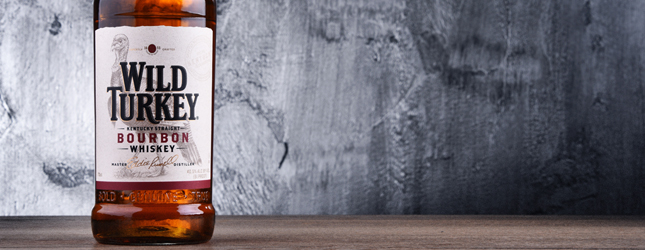There’s nothing more American than bourbon whiskey. Developed in America more than 300 years ago, bourbon is a product of American land and ingenuity. Still incredibly popular today, the much-beloved American bourbon is a vaunted product of US history.
First distilled from corn, barley, and rye by Irish and Scottish settlers in the colonies of Virginia, Pennsylvania, and Maryland in the early 1700’s, whiskey was the spirit of choice during the time of the American Revolution and enjoyed by all of the forefathers, including General George Washington himself. As the country expanded and the intrepid moved west, whiskey was used as currency on the frontier to pay for goods and services.
In 1792, Kentucky became the fifteenth state and many Americans traveled there to set up farms and distilleries. Quite a few of the now-famous families of whiskey production such as the Browns of Brown-Forman, the Boehms of Jim Beam, and the Samuels of Maker’s Mark moved to the region at this time. Kentucky quickly became the whiskey-producing capital of the new nation.
The State of Kentucky is ideally suited for whiskey production. The rich soil is perfect for growing grain and the many rivers provide clean, calcium rich water. Timber from the oak forests of Kentucky is used for cask production and the climate lends itself to successful whiskey aging.

At the time, Kentucky distillers exported much of their whiskey down the Ohio River in huge crates from the port of Limestone in Bourbon County (which ironically, is a dry county, meaning the sale of alcoholic beverages is prohibited). The crates were stamped “Bourbon” and from that came the moniker “bourbon whiskey,” and eventually just “bourbon.”
In order to legally be called bourbon, a whiskey must conform to a series of regulations. It must be produced in the United States, though not necessarily in the State of Kentucky. The spirit must be made from at least 51% corn, although some bourbons are made from far more than that. The aging requirement is a minimum of two years in new, charred American Oak casks or barrels. Many fine bourbons are aged for much longer to achieve an intensity and boldness of flavor. No artificial flavors or colors may be added to bourbon.
When the newly distilled whiskey (which is called “moonshine” at this stage) enters the cask, it is clear, like vodka. After years of aging, it becomes that rich cherry amber color loved by so many. Since bourbon barrels, by law, may only be used once, bourbon producers created an ingenious secondary market, selling used barrels, flavored with bourbon, to European scotch and sherry producers to enhance their own products.
The United States’ Congress recognized bourbon in 1964 as a distinctive product of the United States, but well before than, a certain American actor made bourbon famous worldwide. John Wayne was a bourbon drinker and favored Wild Turkey 101, neat. It was likely one of the earliest unofficial celebrity endorsements of a product.
Through his life, the original western tough guy, who allegedly once said, “I never trust a man who doesn’t drink,” amassed a great collection of bourbons. After his death, Wayne’s son, Ethan Wayne, launched a unique, specially blended bourbon, in honor of his father, called “Legendary Duke.” Through his distinguishing choice of drink, the legend continues.
Bourbon can be served neat, on the rocks, or in a multitude of delicious cocktails like the Manhattan, Old Fashioned, or Whiskey Sour. If you’ve never tried it, give it a go! You’ll discover characteristic flavors of smoke, sweet maple, caramel, and oak. Brands vary, so try a few and find your favorite. Bourbon is a fabulous piece of American history that can be enjoyed (in moderation) today. Cheers!
Leave a Reply